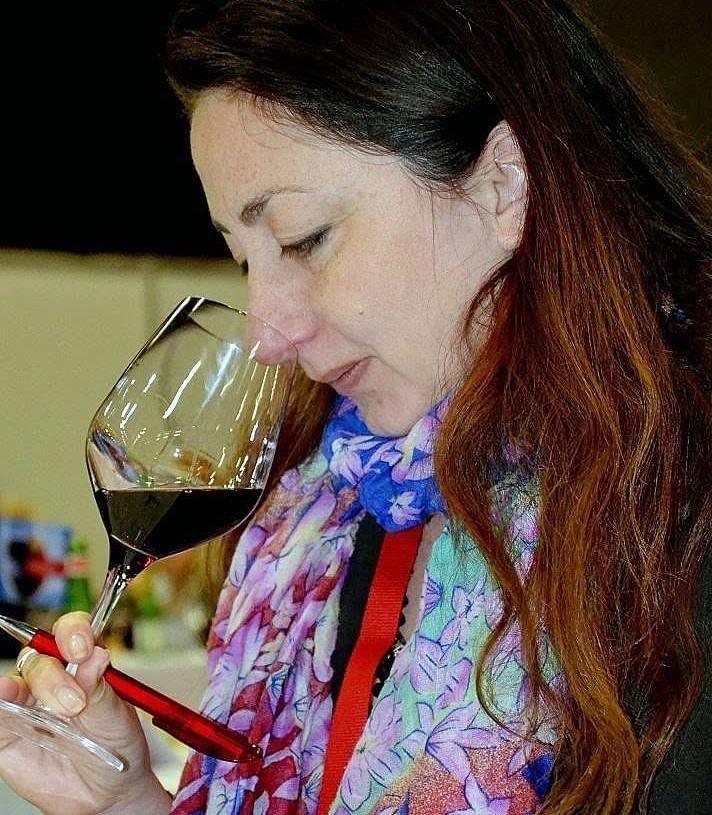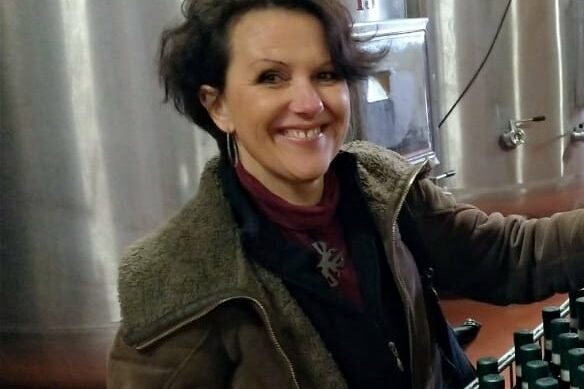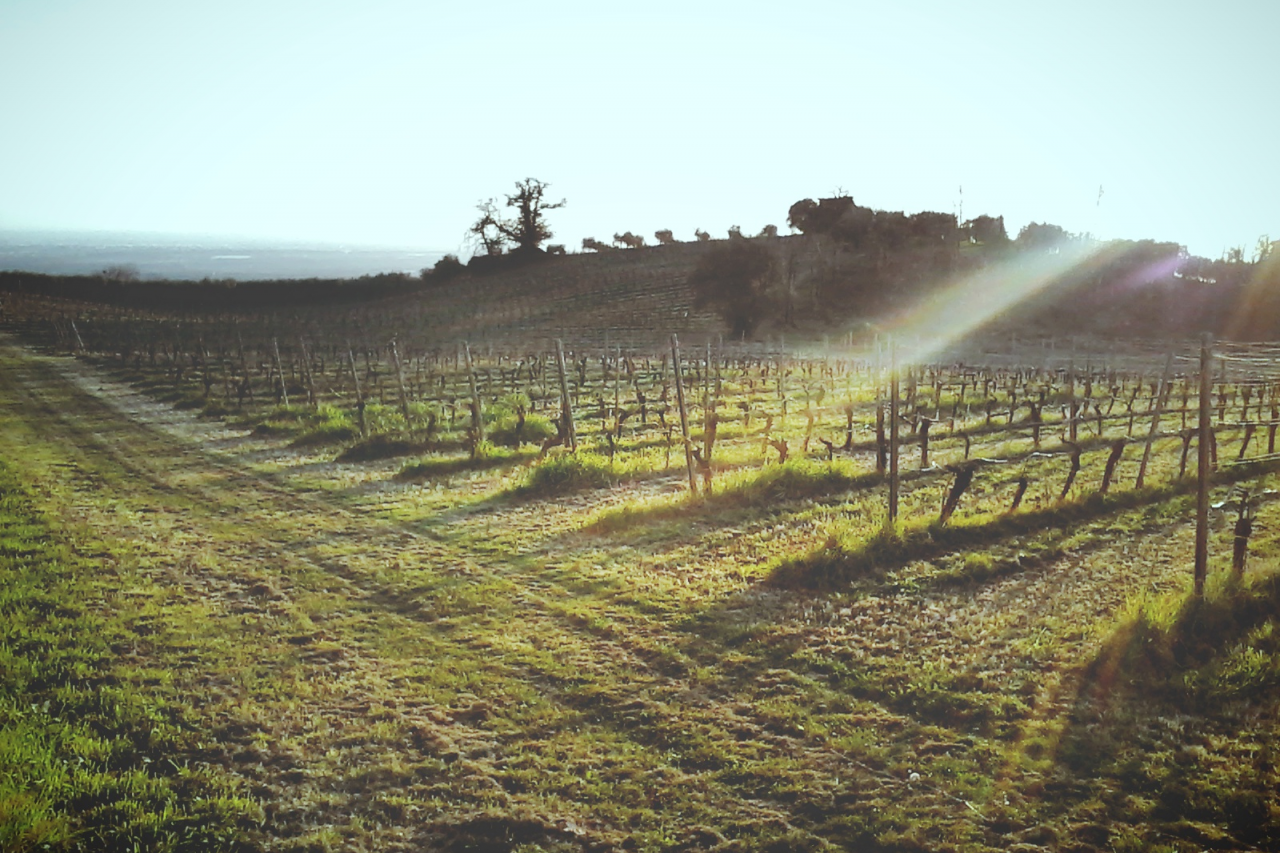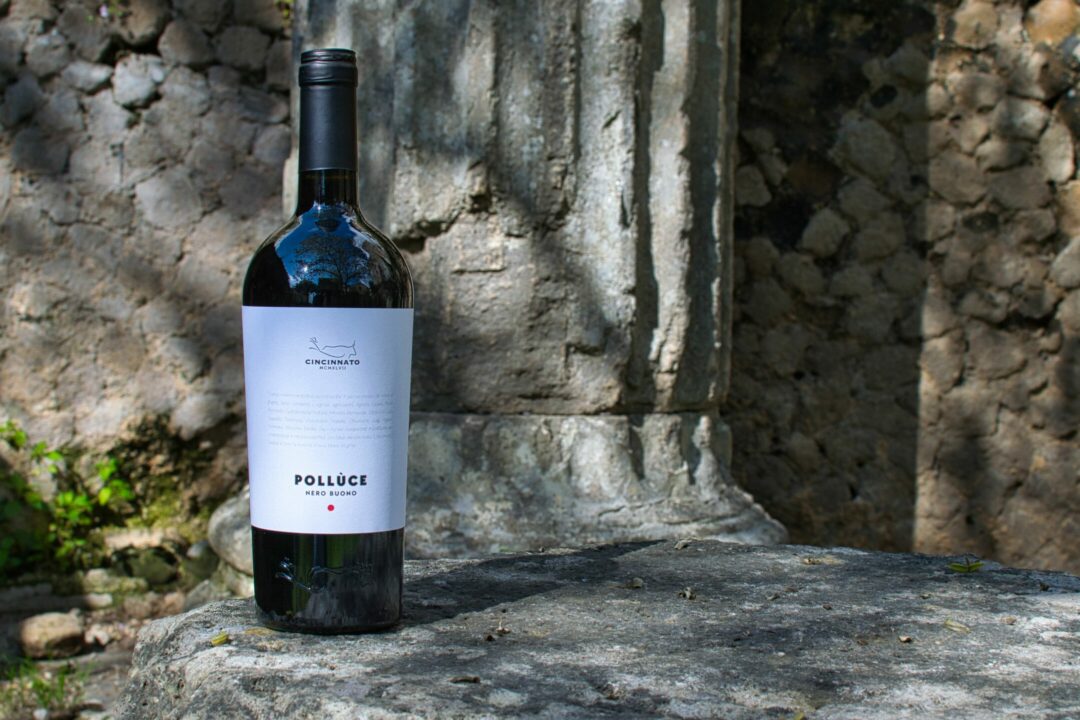Alma Torretta is a journalist, passionate about wine, food and opera. Alma Torretta is more than an Italian who lives in Belgium (Brussels); in fact, she is a true ambassador of the best made in Italy. Specifically, she cooperates with the local Italian Cultural Institute, holding courses and organizing events to raise awareness of italian excellence. Alma left Sicily after graduating in Political Science and collaborating with the newspaper “Il Mediterraneo” to move to Rome. There she wrote for the newspaper “Giornale di Sicilia” and completed the training course in wine with the AIS, to thereafter move to Brussels, to report the news from the European Parliament for the Sicilian newspaper.
In Brussels life happenings pushed her towards culture detaching her from politics. Hence, the direct commitment to follow the Opera as correspondent of the magazine “Il Giornale della Musica”. Specifically for the magazine she has been documenting the programming of three theaters of Belgium and Paris, as well wine events, joining ONAV Brussels.
In the meantime, the courses at the Italian Cultural Institute had started, focusing on music and wine, promoting wine culture to the point of setting up a specific learning path entitled “The Protagonists”. This course was focused on learning the abut the history of Italian wine making region by region and delivered to hundreds of fans of Italian wine in Belgium.

Alma, if we asked you to tell us what kind of country Belgium is, how would you answer? How and how much wine is present in the area?
Summarizing, I could say that when talking about wine, Belgium is a small but complex country. However, I would add that, despite everything, it is very important to be present in this country, especially Brussels, because it is a showcase for Europe. In other words, to better understand the country and its market we should devide it in three different areas: Flanders in the north (Flemish), Wallonia (Francophone) in the south, then there is Brussels which is a cosmopolitan metropolis.
The city is strongly influenced by the presence of the European institutions but also of NATO. Each European country is usually present with three ambassadors: one to the Belgian kingdom, one to the EU and one to NATO. One could figure out the lively diplomatic activity and the number of events and presentations held every day.
When talking about wine, it must be said that the situation is equally complex. There are few national importers while most are specialized in a single region. Consumption is important in terms of numbers; in this field French production dominates the market, because of the vicinity and the cultural similarities (especially in Wallonia, but also in Brussels). On the other hand, in Flanders everything that is French is frowned upon because of past conflicts among the different areas. The Flemish area is therefore more open and well-disposed towards Italy. For Flemish Italy is an important cultural reference, in particular for art and music. Here Italian wines are very successful.
During the pandemic the importers were starting a process of commercial unification of the country, but as soon as the restrictions were not in place anymore the market got divided again into Flemish vs Francophone speakers. Hence, it becomes difficult for a winery in a divided market to find space, in fact, it is necessary to deal with three importers to be present in all the country.
The alternative is to work with a large importer, which are usually already full of brands and therefore very rarely bring in new brands/bottles. For small and medium-sized wineries it is easier to go through plenty of small importers, shops and restaurants also do this type of activity to spread homogenously in the market, especially in Brussels, although obviously with very small numbers.
So, wine seems to be growing! What are the most interesting trends in a country famous for beer consumption?
There is certainly a lot of curiosity among wine enthusiasts who live in Belgium and Italy is lucky enough to have many native vines. To promote them and encourage the tasting, one need to explain them carefully. In fact, in Brussels, Flanders and Vallonia, wine lovers are open to novelty. People are already into drinking rosé and many sparkling wines are popular among Belgian, e.g. Cava and Prosecco.
What is more, There is also a good production of the local classic method, which costs more than the wines just mentioned but is considered qualitatively superior. Overall, France still dominates, they regularly organize carpet tastings of the most important denominations with the presentation of the new vintages. We, to give a classic example, always present Italian wines in no particular order, with a promotion that has less impact than the French one.
Those who organize these events in Belgium usually fail in terms of size and concreteness, here people hardly travel to go and taste a few wines from a small area, they serve large and easily accessible events involving several territories. In addition to the fact that for a winery to organize a tasting without already having an importer is completely useless. Online from Italy still doesn’t work much, buying groups are working but obviously we are talking about very minimal numbers.

What do Belgians like about Italy and how, in your opinion, could we use these preferences to promote wine?
If well organized, an event on wine can also work on its own, but it must be full of information and moments of in-depth analysis. But being an area always full of events, being able to connect the wine theme with a cultural initiative is even better, you multiply the force of attraction.
From the presentation of an exhibition to that of a book, you are spoiled for choice, I would instead be more cautious with the cuisine because if it is true that Italian dishes are among the most loved in the country, it is also important to think about not limiting the combination of our wines, opening instead to the flavors of other territories. At the moment the best-selling Italian wines are those from Piedmont and Tuscany, there is a bit of Puglia and, as mentioned, the opening to taste remains but not through quick tasting sessions/events, it is better to explain the history, the vines and the company , peculiarities etc.
In your opinion, do Lazio wines have useful characteristics for entering the market? How do you think it would be better to proceed, Italian restaurants or new trends?
A nice and well-done promotion would be needed, the region is not popular yet, and those few who have tasted its wines in the past were not satisfied, having had to deal with poor quality products that came from historical denominations. A common trait with other regions such as Sicily. However, when it is possible to have products of an adequate level tasted, from Cesanese to Bellone for example, space is found and curiosity is not lacking.
Of course, there is an enormous amount of work to be done, also making sure that we are able to cover the market in a capillary way and therefore all three areas we have talked about. Furthermore, as regards the driving elements of the choices, Lazio (but not only) should aim to present itself correctly also from the point of view of sustainability, here there is great attention to the “green” world in general, from organic to natural wines .
There are categories of consumers who choose exclusively these types of products; hence, it is always good to declare and certify one’s commitment on the subject. The Belgian large-scale distribution market is also very important, there are even high quality productions but not the operators ready to explain the wines, so it is necessary to be able to communicate the important things on the bottle. Without forgetting that after a history of difficult emigration, second or third generation Belgian-Italians are now proud of their origins.
We are no longer ashamed of being children or grandchildren of Italians but, on the contrary, pride and the recovery of the origins prevails, which also passes through the recovery of the culture and food and wine of the region of origin of the family.






